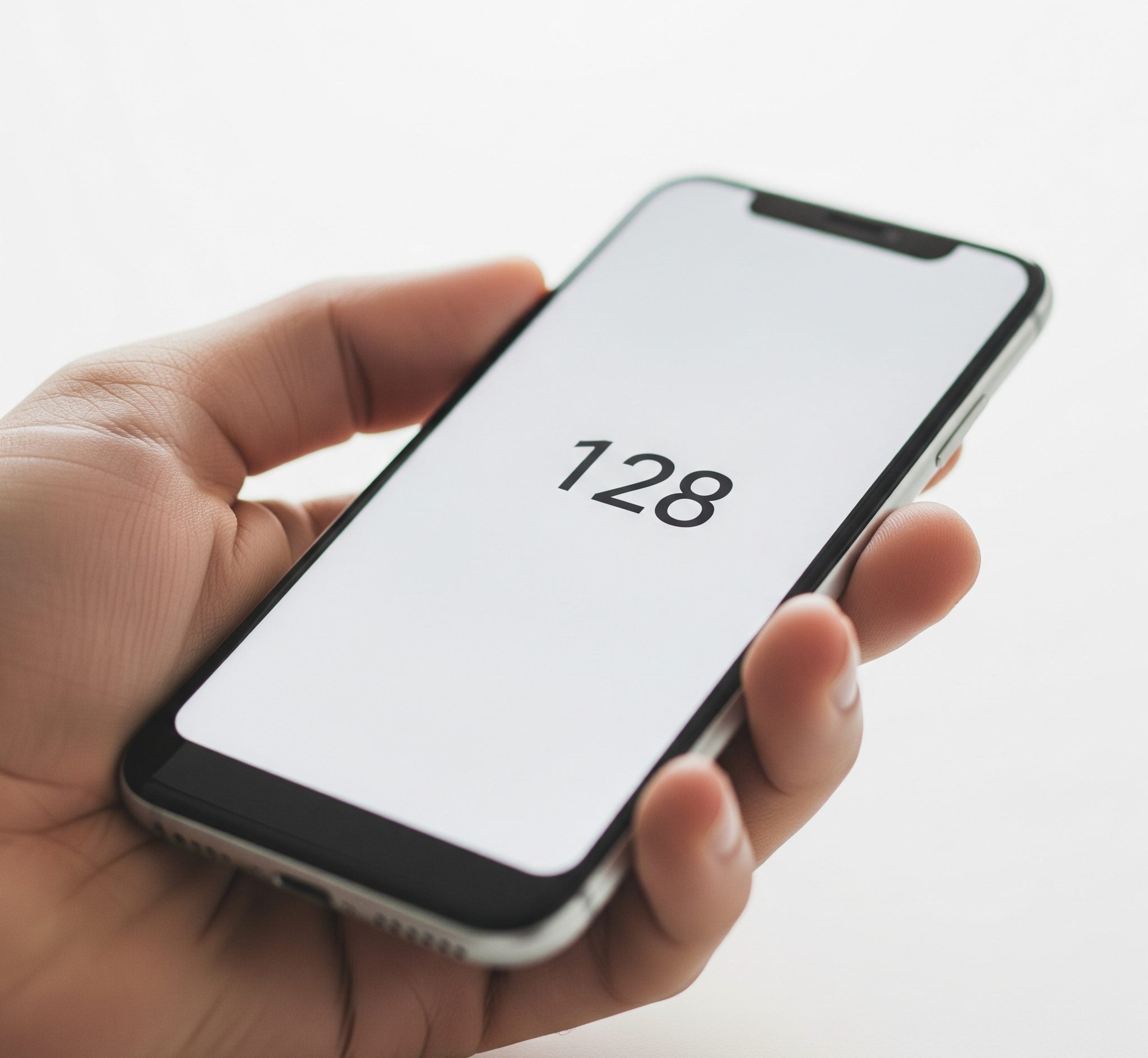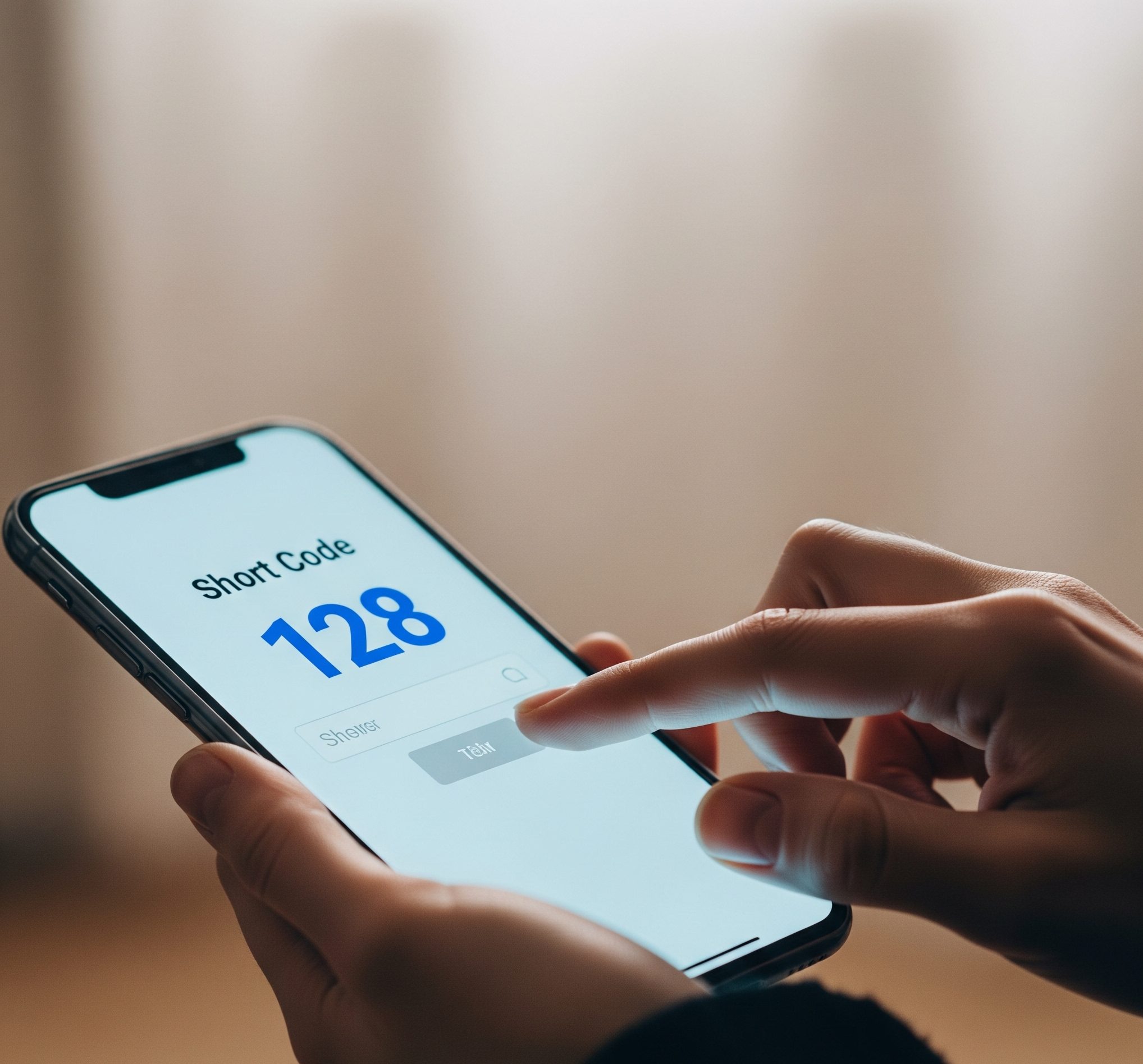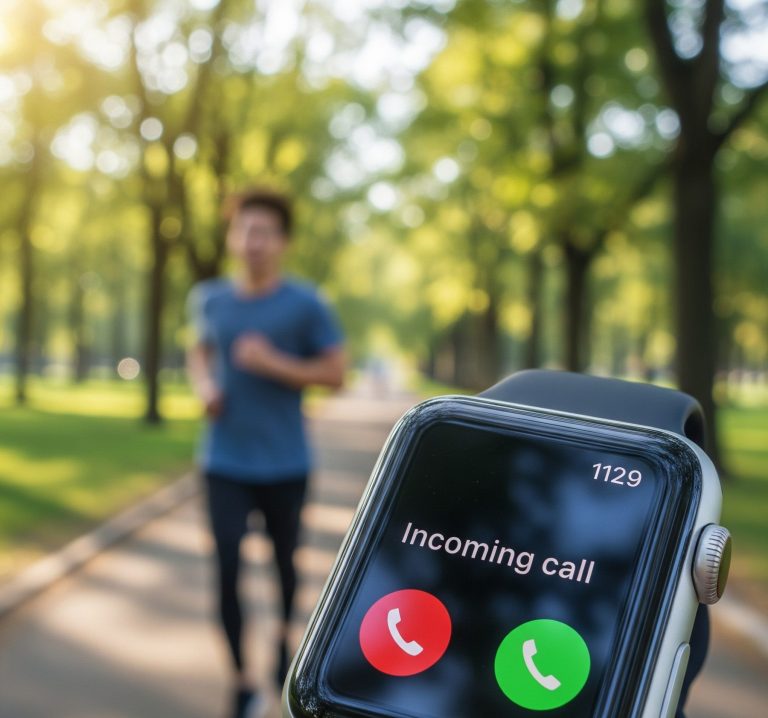In an age of constant digital communication, the text message remains a surprisingly powerful and direct way to reach people. From appointment reminders to exclusive marketing offers, businesses and organizations are increasingly leveraging the immediacy of SMS to connect with their audiences. At the heart of this communication revolution is a simple yet potent tool: the SMS short code. But what exactly are these short, memorable numbers, and what does the specific 128 short code signify on your phone bill? This article will demystify the world of SMS short codes for you.
Contents
What Exactly Are SMS Short Codes?
At its most basic, an SMS short code is a 5 or 6-digit phone number used by businesses to send and receive text messages at a high volume. Think of it as a business’s dedicated texting line, designed for mass communication. These codes are shorter than regular 10-digit phone numbers, making them easier for consumers to recognize, remember, and interact with.
The use of short codes is regulated by the Cellular Telecommunications Industry Association (CTIA) to protect consumers from spam and ensure a consistent and reliable messaging experience. This regulation means that businesses must go through an approval process to acquire a short code, ensuring they adhere to best practices for messaging campaigns.
The Different Flavors of Short Codes: Vanity, Random, and Shared
Not all short codes are created equal. They generally fall into three main categories, each with its own set of benefits and use cases:
- Vanity Short Codes: These are premium, hand-picked numbers that are often chosen to be catchy, memorable, or relevant to a brand. For example, a pizza delivery service might choose the short code “PIZZA” (74992). The primary advantage of a vanity short code is brand recognition and recall.
- Random Short Codes: As the name suggests, these are randomly assigned 5 or 6-digit numbers. While they lack the branding power of a vanity code, they are a more cost-effective option for businesses that still want the benefits of a dedicated short code for high-volume messaging.
- Shared Short Codes: In this setup, multiple businesses use the same short code, but each is assigned a unique keyword. For instance, a local news outlet and a retail store might both use the same short code, but to subscribe to news alerts, a user would text “NEWS,” while to get coupons for the store, they would text “DEALS.” While once a popular, low-cost option, shared short codes have been largely phased out in the United States due to new carrier guidelines aimed at reducing spam and creating a more transparent messaging ecosystem for consumers.
The Power of the Short Code in Modern Business
For businesses and organizations across the United States, SMS short codes have become an indispensable tool for a wide array of applications, including:
- Marketing and Promotions: Sending out alerts about sales, new products, and exclusive offers directly to opted-in customers.
- Two-Factor Authentication (2FA): Enhancing security by sending a one-time passcode to a user’s phone to verify their identity.
- Appointment Reminders: Reducing no-shows for appointments in industries like healthcare, salons, and automotive services.
- Customer Service: Providing quick updates on orders, shipping notifications, and support inquiries.
- Contests and Polls: Engaging with an audience in real-time through interactive text-to-win campaigns and surveys.
The high open rate of text messages—often cited as being as high as 98%—makes short code messaging one of the most effective ways for a business to ensure its message is seen.

Unraveling the Mystery of the “128 Short Code”
Now, what about the enigmatic 128 short code? If you’ve ever scrutinized your phone’s usage details, particularly if you’re a T-Mobile customer, you may have noticed this number appearing in your text message logs. Unlike the vanity or random short codes used for commercial purposes, the 128 short code is a different beast altogether.
The 128 short code is what is known as a carrier-specific or system-level code. In the case of T-Mobile, this particular code is used by their internal systems to facilitate voicemail notifications. When someone leaves you a voicemail, your phone doesn’t just magically know it. The T-Mobile network sends a notification to your device, and this notification is logged in your usage details as an incoming message from the 128 short code.
Therefore, seeing the 128 short code on your bill is not a cause for alarm. It doesn’t mean you’ve been subscribed to a premium service or that a third-party company is texting you. It is simply a behind-the-scenes marker of your mobile carrier’s voicemail system at work. Other carriers have similar system-level codes for various functions, though they may not always be as visible to the end-user.
The Key Distinction: Commercial vs. System Codes
Understanding the difference between a commercial short code and a system-level code like the 128 short code is crucial for navigating the modern mobile landscape. Commercial short codes are tools that businesses lease to communicate with you, and you, as the consumer, have the power to opt-in or opt-out of these communications.
System-level codes, on the other hand, are an integral part of your mobile service. They are not used for marketing and are simply a part of the technical infrastructure that makes your phone service function correctly. You cannot opt-out of these system-level notifications without impacting the functionality of services like voicemail.
conclusion
the world of SMS short codes is a fascinating intersection of technology, marketing, and communication. While the vast majority of short codes you’ll encounter are for commercial purposes, allowing you to engage with your favorite brands and services, there are also system-level codes like the 128 short code that play a vital role in the seamless operation of your mobile device. So the next time you see that three-digit number in your usage log, you’ll know it’s just your carrier keeping you connected.







